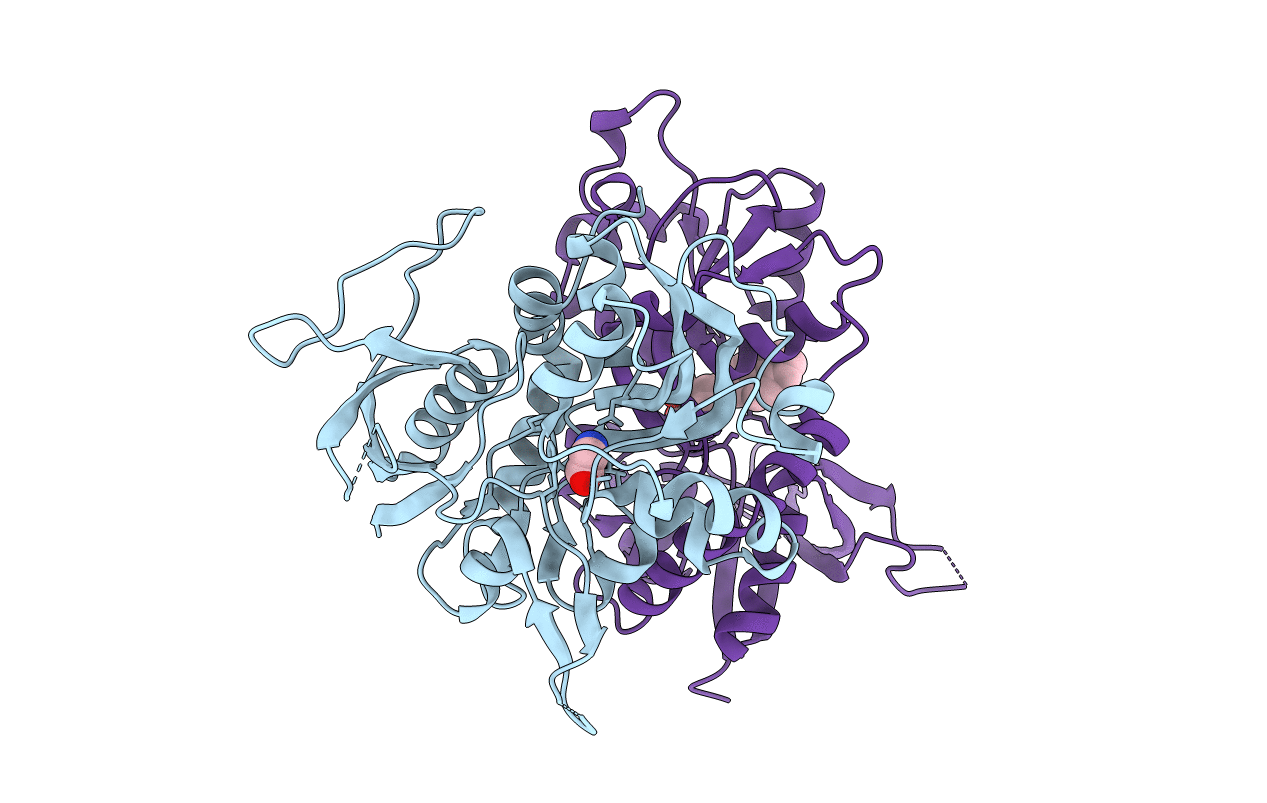
Deposition Date
2013-10-30
Release Date
2014-03-12
Last Version Date
2024-11-27
Entry Detail
PDB ID:
4NF6
Keywords:
Title:
Crystal structure of GluN1/GluN2A ligand-binding domain in complex with glycine and PPDA
Biological Source:
Source Organism:
Rattus norvegicus (Taxon ID: 10116)
Host Organism:
Method Details:
Experimental Method:
Resolution:
2.10 Å
R-Value Free:
0.21
R-Value Work:
0.16
R-Value Observed:
0.16
Space Group:
P 21 21 21


